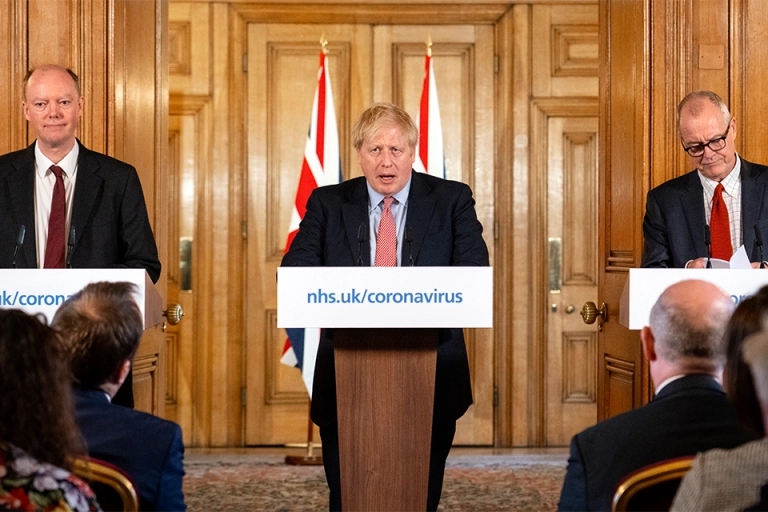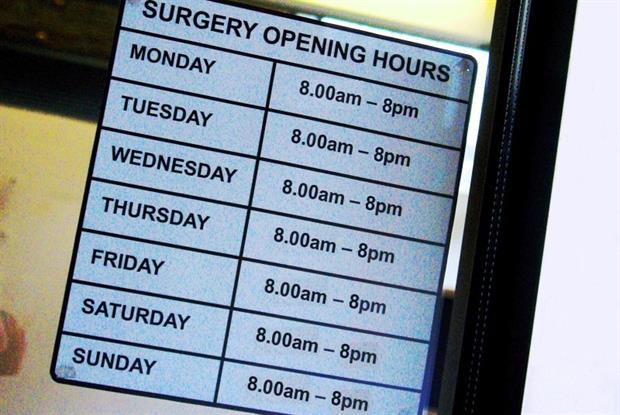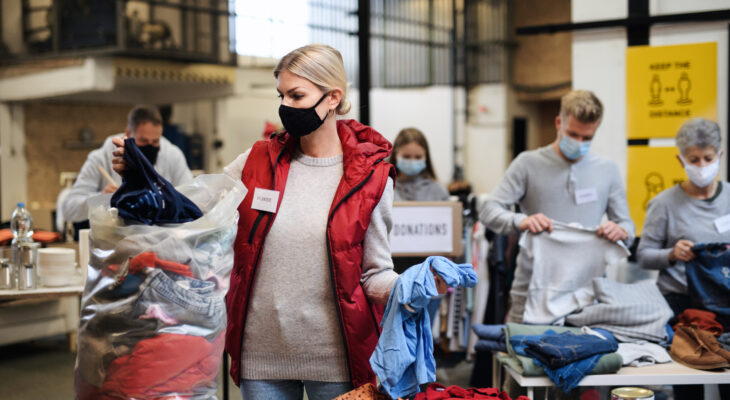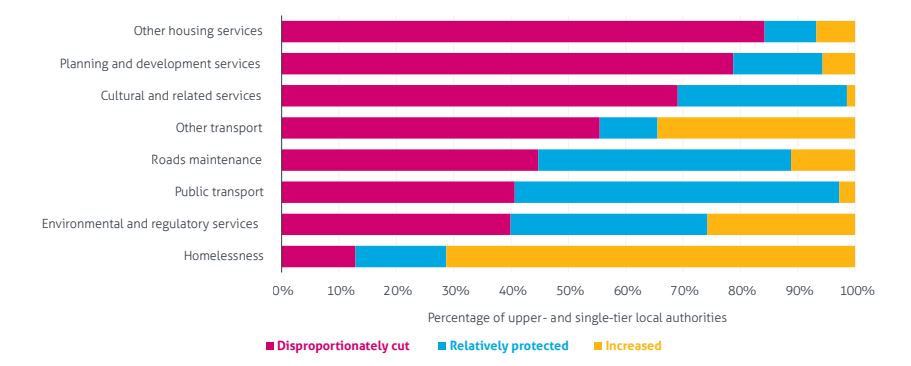
| Jason Lowther Politicians have a complex relationship with experts and the evidence the latter provide. Back in May 2020, I reflected in the Municipal Journal on how Michael Gove’s statement in the Brexit campaign that ‘people in this country have had enough of experts’ had turned 180-degrees. With the arrival of Covid, the PM told his 9th March 2020 press conference ‘we are doing everything we can to combat this outbreak, based on the very latest scientific and medical advice’ and this line was consistently reiterated by other ministers. Thirty months on, Rishi Sunak (Chancellor in 2020) railed against the government’s main Science Advisory Group for Emergencies expert group (SAGE) saying ‘If you empower all these independent people, you’re screwed’. Sunak’s argument, presented in an interview with the right-leaning Spectator magazine, seems to be that the SAGE experts failed to consider any non-health impacts of Covid control measures (particularly lockdowns) and refused to show politicians their workings. In the article he’s quoted as saying ’I was like: “Summarise for me the key assumptions, on one page, with a bunch of sensitivities and rationale for each one”, in the first year I could never get this’. This doesn’t seem to match with the published SAGE ‘consensus statement’ on school closures issued in February 2020, which very clearly sets out its assumptions and explicitly states: As well as the large economic and educational costs of school closures, including increased levels of workforce absence in the health and care system and elsewhere, school closures could have adverse consequences: As infections appear to be more severe in older people, putting children in the care of their grandparents may result in a higher number of severe cases. Once schools are reopened, the number of cases may increase again, with the overall attack rate not being reduced. (SPI-M-O: Consensus view on the impact of mass school closures on 2019 Novel Coronavirus, Feb 2020) Later, when facing the December 2021 Omicron variant, Sunak is said to have used his own alumni and private sector analyses to challenge SAGE advice for further lockdowns with the PM and in cabinet. He argues that the scientific evidence failed to provide a balanced analysis of lockdown decisions, saying ‘I would just have had a more grown-up conversation with the country’. Sunak also claimed that dissenting voices in SAGE discussions were edited out of the minutes, an assertion he supported by describing a Treasury official sitting in on the discussions and reporting disagreements and uncertainties back to him. SAGE scientists see this differently. Former SAGE member Prof Ian Boyd from the University of St Andrews commented: ‘It is nonsense to suggest that Sage was insensitive to the issue of the long-term effects of lockdowns – a whole subgroup dedicated itself to trying to understand what this might look like. Sage was discussing the topic of excess deaths in detail in April 2020. Those who attended Sage meetings were acutely aware of the trade-offs associated with implementing specific actions, such as closing schools. To the extent that it was possible with the information available at the time, these deals were included within the uncertainty expressed in the advice provided to politicians. It is simply unacceptable to rewrite history, by blaming scientists, to save a political class that has systematically failed to respond to the messages that scientists have been providing to them for many, many years’. There are valid reasons to criticise elements of the advice system the government put in place during the pandemic. The limitations of ‘a model in which a specialist committee produces consensus statements that spare policy makers any requirement to make choices on matters in which they have no competence’ have been demonstrated in analysis by Lawrence Freedman of the intelligence failings relating to the UK entry to war with Iraq as well as the Covid pandemic. His analysis recommends a model with more opportunities for policy makers to engage with the experts as both the advice and the policy is developed. The editor of the Lancet, Richard Horton, argued that expertise around public health and intensive medical care should have been in the SAGE discussions. I argued in the MJ piece that having practical knowledge from local councils and emergency planners could help avoid recommendations that prove impossible to implement effectively, since esteemed experts can still make recommendations which are impossible to implement in practice. But it’s simply wrong to suggest that SAGE ignored key evidence on non-health effects of Covid control measures or sought to silence dissenting views. If the trade-offs and assumptions were not considered by the Cabinet, the blame for that lies not with the scientists but with the politicians. |
This article appeared in the Local Area Research Intelligence Association newsletter on 27 Sept 2022
Jason Lowther is Director of the Institute for Local Government Studies (INLOGOV), University of Birmingham
T




